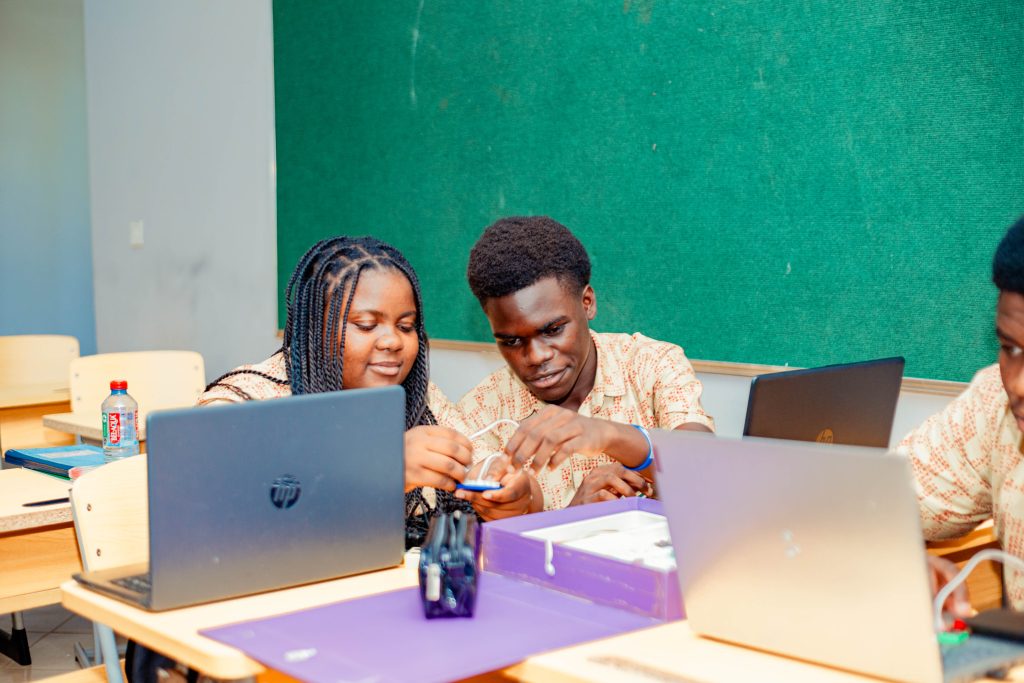Key Points at a Glance
Active learning shifts students from passive listeners to active participants, boosting understanding and long-term retention.
Strategies such as group discussions, problem-solving, and peer teaching help students process information more deeply.
Research shows that students engaged in active learning retain knowledge better than those in traditional lecture-based classes.
Practical classroom techniques can transform learning experiences, making lessons more memorable and effective.
One of the greatest challenges in education is ensuring that students not only understand new information but also remember it over time. Traditional lecture-style teaching often leaves learners disengaged and struggling to recall concepts later. Active learning offers a solution. By involving students directly in the learning process, active learning strategies encourage participation, critical thinking, and better retention.
This article explores what active learning is, why it works, and how teachers, parents, and institutions can apply it to achieve stronger learning outcomes.
What is Active Learning?
Active learning is an instructional approach that places students at the center of the learning experience. Instead of passively listening to lectures, students are encouraged to engage with the material through activities such as discussions, group projects, simulations, role-playing, and problem-solving exercises.
The goal is simple: when students actively interact with new knowledge, they process it more deeply, making it easier to understand and remember.
Why Active Learning Improves Retention
1. Encourages Deeper Understanding
When students explain concepts to others, debate ideas, or solve problems collaboratively, they are forced to think beyond memorization. This deeper level of engagement helps information stick in long-term memory.
2. Promotes Critical Thinking
Active learning requires students to analyze, evaluate, and apply knowledge. Instead of recalling facts, they learn to connect concepts and see how ideas work in real life—boosting both comprehension and recall.
3. Increases Student Motivation
Participation makes learning feel relevant and enjoyable. Motivated students are more likely to invest effort in their studies, leading to stronger retention of what they learn.
4. Provides Immediate Feedback
Through interactive activities, teachers and peers can quickly identify misunderstandings and correct them. This immediate feedback loop helps students strengthen their knowledge before misconceptions become habits.

Benefits of Active Learning in the Classroom
Higher Retention Rates: Research consistently shows that students retain more information when they learn through active methods rather than passive lectures.
Improved Collaboration Skills: Group work teaches teamwork, communication, and leadership, skills that extend beyond academics.
Better Academic Performance: Studies indicate that students in active learning classrooms perform better on tests and assignments.
Greater Student Confidence: Participation builds confidence, as students feel they are contributors to the learning process, not just observers.
Practical Strategies for Active Learning
Think-Pair-Share: Students first reflect individually, then discuss with a partner, and finally share with the class.
Problem-Based Learning: Students tackle real-world problems that require applying classroom knowledge.
Peer Teaching: Learners take turns teaching concepts to their classmates, reinforcing their own understanding.
Interactive Quizzes and Polls: Quick assessments keep students engaged and provide instant feedback.
Case Studies and Role-Playing: Realistic scenarios encourage students to analyze, evaluate, and act out solutions.
These techniques can be adapted for any subject, making active learning versatile and impactful.
Final Thoughts
Active learning is more than a teaching trend—it is a proven approach to improving student retention. By transforming classrooms into spaces of participation and collaboration, educators can help learners truly understand and remember what they are taught.
When students are given opportunities to discuss, question, and apply knowledge, learning becomes meaningful and lasting.
Active learning does not just prepare students for exams; it prepares them for life.
